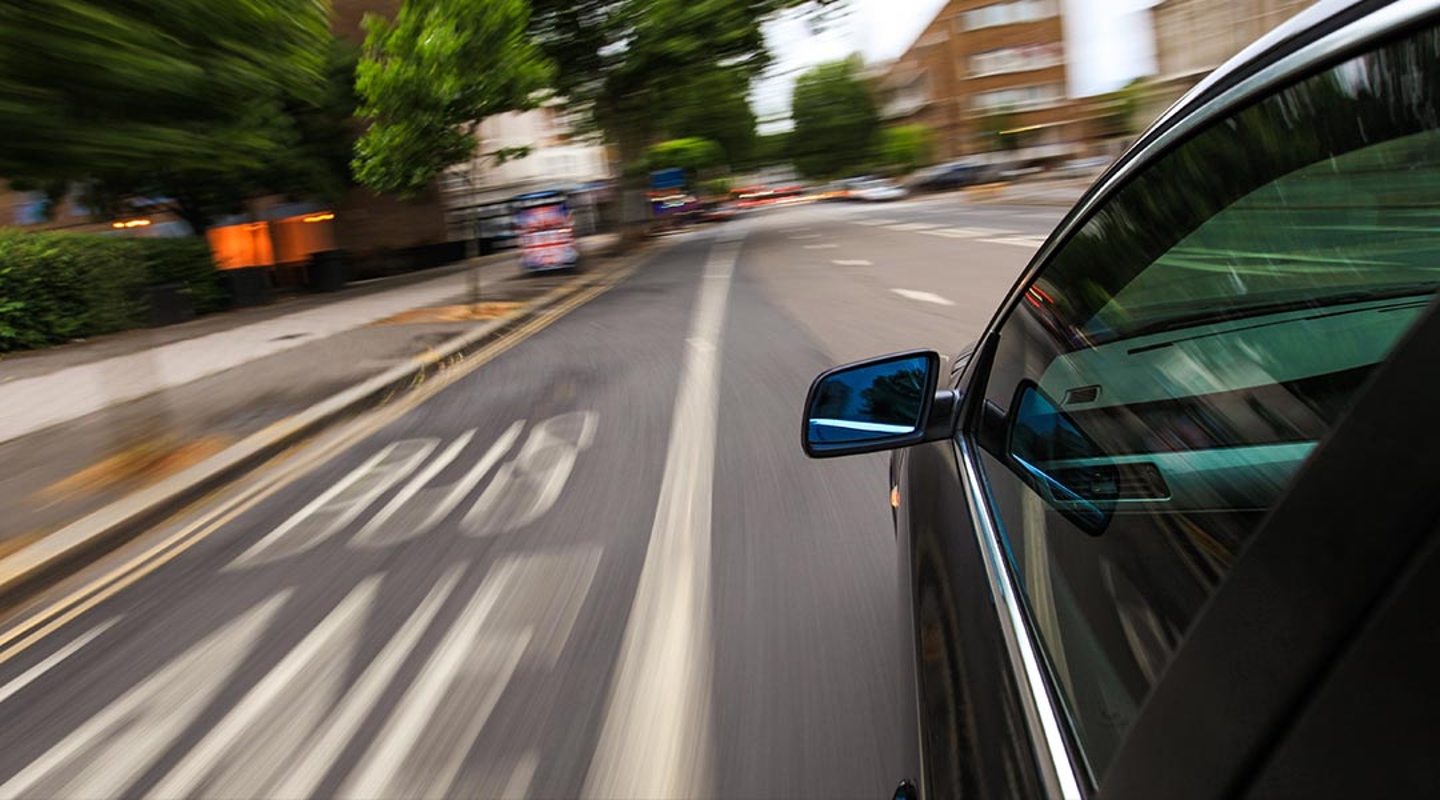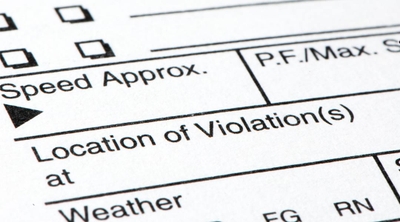Are you allowed to speed in an emergency?
2 min read
A driver speeding to the hospital with an injured person or pregnant woman in the car is a typical movie scene. It makes for great dramatics on the screen, but in real life, speeding isn’t legal in an emergency, and there’s no such thing as an “emergency speed limit.” If you’re caught speeding on the way to the hospital, expect a ticket. You can’t count on the kindness of individual officers to bend the rules for you. Fortunately, speeding because of an emergency isn’t necessary.
Can you speed for a medical emergency?
Legally, you can’t speed in an emergency. More importantly, you can reach help faster if you don’t. According to National Library of Medicine research, on average, in urban areas, ambulances arrive at the scene just seven minutes after you place the 911 call.
Because medical professionals arrive with the ambulance, some calls are resolved on-site without bringing the patient to the hospital. If they take the patient to the hospital, in most states, it is legal for an ambulance to speed in an emergency. Emergency vehicles have the right of way when their lights and sirens are on, so that they can navigate through traffic quickly. That makes them the best way to get to the hospital in an emergency.
Aggressive driving behaviors also increase a crash’s likelihood. According to the Insurance Information Institute, speeding was the number one factor associated with fatal crashes in 2019, so speeding because of an emergency may put the patient at greater risk.
What about medical emergencies in rural areas?
Ambulance response times are longer in rural areas, but they’re still speedy — around 13 minutes on average. That makes them your best choice because they can get professional attention en route to the hospital if the paramedics can’t treat the person on-site. Moreover, because of how speed limits are set, rural roads often have higher speed limits than urban areas, so you shouldn’t need to break traffic laws in an emergency.




